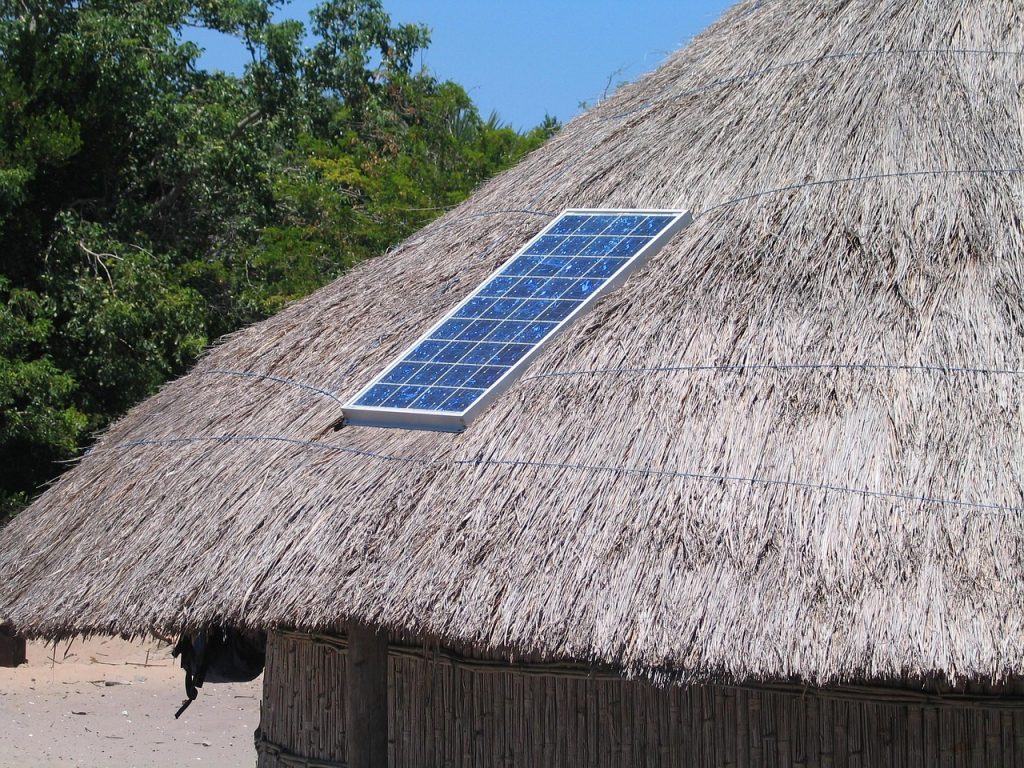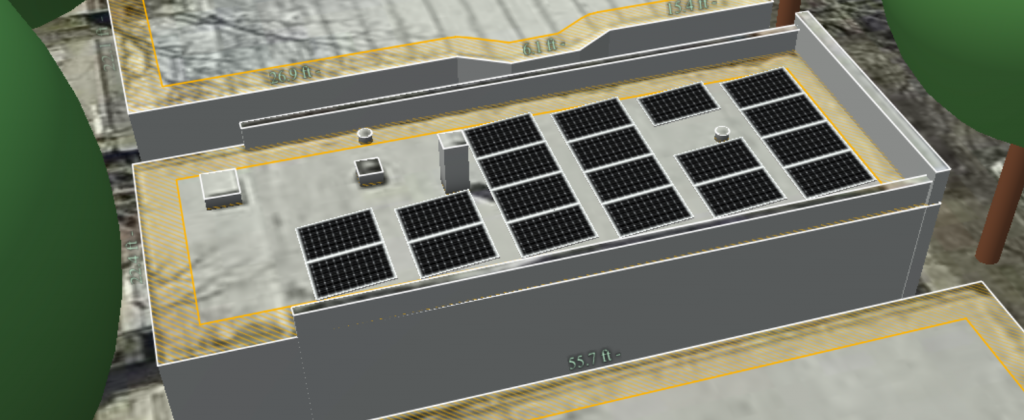
Hey Illinois Homeowner Friends!
This is the time for you to get solar panels on your house, if you haven’t already. How come?
- Equipment costs are relatively low
- Illinois and Federal subsidies make the actual cost less than half than the sticker price
- 2026 and 2027 are projecting to have significantly higher electricity costs in our state – so making your own will be a better deal
- Congress is likely to eliminate the Federal income tax credit next year
I’ve done a ton of research into the process and recently signed a contract to get panels later this summer. I want to share with you what I did so you can save a ton of money and help slow global climate change as a nifty side benefit.
What exactly are solar panels all about?
As a homeowner, you can get them put on your roof, your garage, or in a yard next to your house. I have a friend in rural Michigan who did the field thing, but for most of us the roof option is best. Any installer will know how to adapt to roof types and position the panels. Your panels will generate electricity, passing it into your house, behind your meter. When the sun shines, your panels will power your house. Any excess electricity will flow onto the grid (or to batteries, if you get them), which you’ll get paid for. When your panels aren’t able to generate power, like at night or on a cloudy day, you’ll take power from the grid (or your charged batteries, until they run out of juice).
Depending on how many panels you get installed, you’ll save on your electricity costs, especially in the summer.
What does it all cost?
You should get multiple installer bids, which I’ll cover more on below, but for an average house, you should expect a sticker cost of between $25,000 and $35,000.
BUT! In Illinois, there are three big subsidies you get that make it a lot cheaper. And there’s a cool credit union financing method that will make it even more doable. Those are:
- Federal income tax credit of 30% of install cost
- ComEd/Ameren distributed generation payment of $300 per kW (mandated by the state)
- Illinois Solar Renewable Energy Credits
- Clean Energy Credit Union Solar PV Loans
How does it all pencil out?
For us, on the North Side of Chicago, we decided to get 19 450 watt panels on our flat roof and to not get batteries (that part didn’t make financial sense) that added up to 8.55 kW DC. Thus:
$29,885 – Initial cost
($2,565) – ComEd distributed generation rebate (paid about 3 months after install)
($8,196) – Federal 30% Tax Credit (redeemable in April 2026)
($7,571) – Estimate SREC payment (paid about 4-5 months after install)
$11,553 – Total cost after incentives
One more thing: Our current electricity bill is about $200/mo. Once the panels are installed, we expect it to average at $100/mo. So, we count that monthly savings as well.
Then, Clean Energy Credit Union offers an interesting loan package. 30% of the loan is a balloon loan, with no payments until one year. So, you pay the 30% amount, plus accumulated interest at the 12 months mark. This is meant to take advantage of your federal tax credit. The remaining 70% loan, you just pay interest for the first 12 months, and then pay off the loan over a 12, 15, or 20 year period. For us, we’ll be getting back the ComEd rebate and the SREC payments, so we’ll use that to prepay the 70% loan. Ultimately, we expect to have everything paid off in less than 7 years.
To qualify for the credit union, you need to do two things: 1) Join the Illinois Solar Energy Association ($45/year for individuals) 2) Open a $5 checking account.
What does an installer do?
First, using your street address, they’ll use software (many use Open Solar) to pull up a recent satellite image of your home to figure out where the panels could go, how many would fit, and then how much shade area trees will use. You’ll end up with a picture like this one, of my house.

Then, they’ll give you a quote and tell you how soon they think they’ll be able to make the install. Most have a 90 day wait because of booking business in advance, supply chain issues (panels are hard to get in the US). I recommend you get at least three quotes and talk to a few companies.
What should I ask an installer?
- How long have you been in business?
- Who owns your company, and where are you based? (local is best)
- How many watts are the panels? (450 watts is the max size right now)
- What equipment do you use? Why did you choose it?
- What’s the warranty on the panels and inverter? (Inverters are often 12 years, get an added warranty if you can. Panels are usually 25 years.)
- If I want to trim my trees, do you have a recommended company?
- Can you guide me through my local government inspection? (you’ll need this before you can energize)
- Can you help me sell my SRECs? How will they be priced?
How do I find a good installer?
I talked this through with my friend, Jeff, a solar installer in Central California that lived in Illinois until a few years ago. His suggestion was to find a referral through the Illinois Solar website (menu choice “Find A Professional”) since these folks tend to be more local, in business for a while, and less fly-by-night. I tried a different referral service at first (Energy Sage, which isn’t bad) and talked to four installers, but the vibes weren’t right and ultimately one I found through the Illinois Solar site was what we chose.
I still have so many questions!
Here’s what I did: Go to ChatGPT, ask it to look at https://www.illinoissolar.org/ https://illinoisshines.com/ (state website) and https://energyequity.illinois.gov/ Then start asking ChatGPT questions, like, “Explain SRECs for me.”. It worked surprisingly well for me.
I work on climate issues, so obviously this is something I’m passionate about. But really, it’s a good financial deal that everyone should take advantage of before this year is out. I hope you can find yourself with solar before 2025 is over.